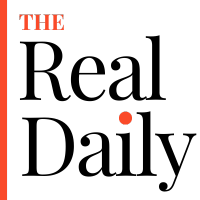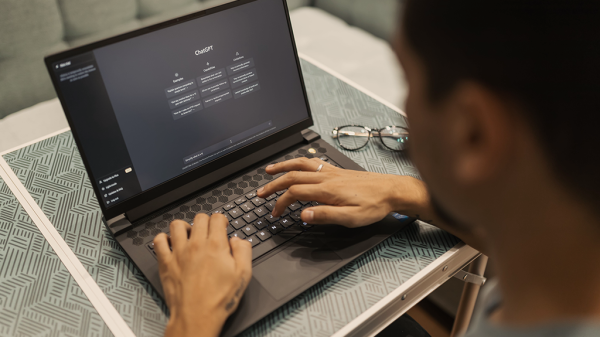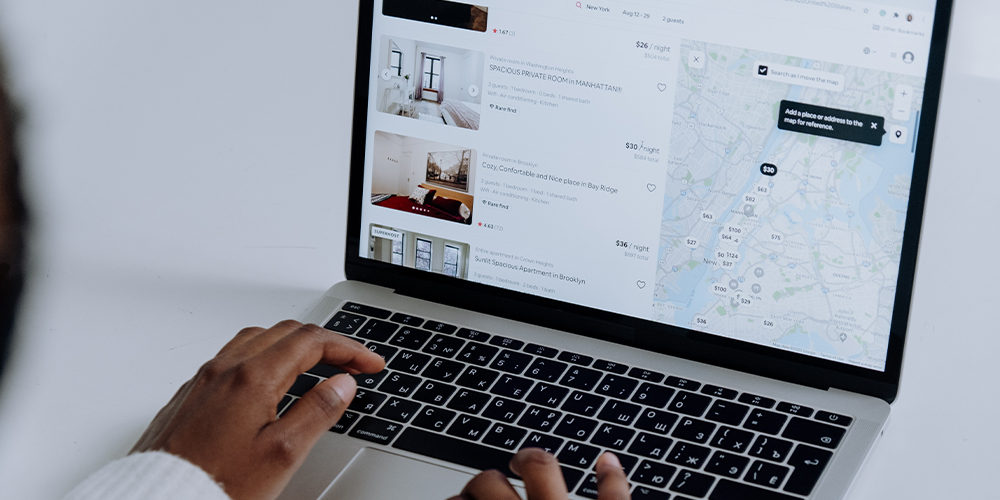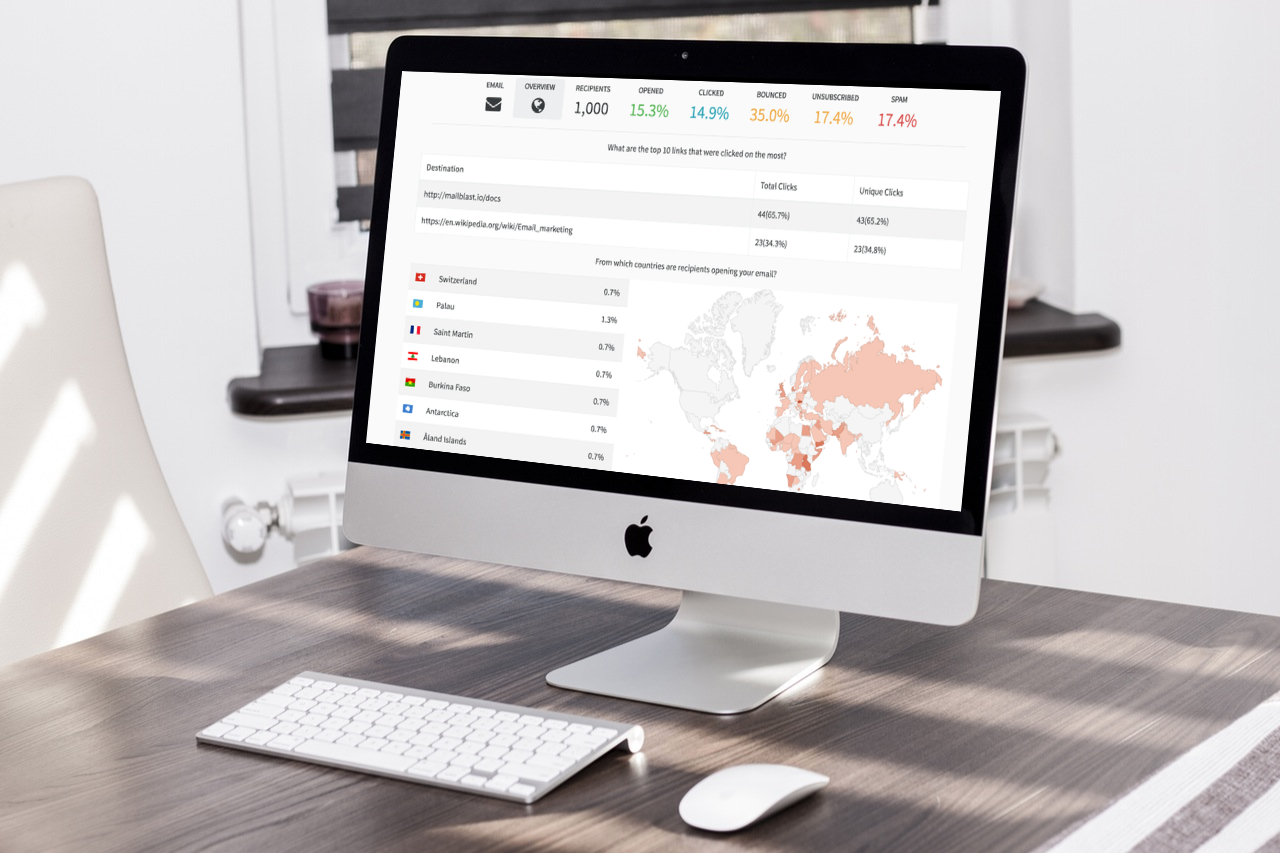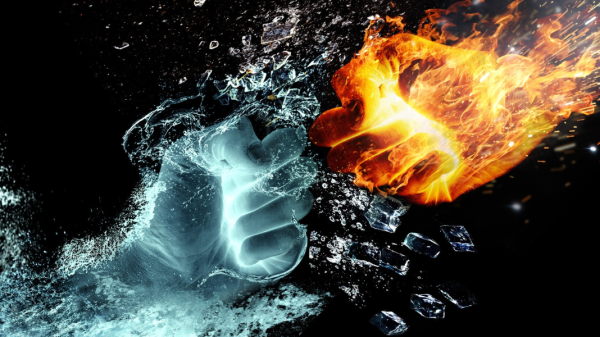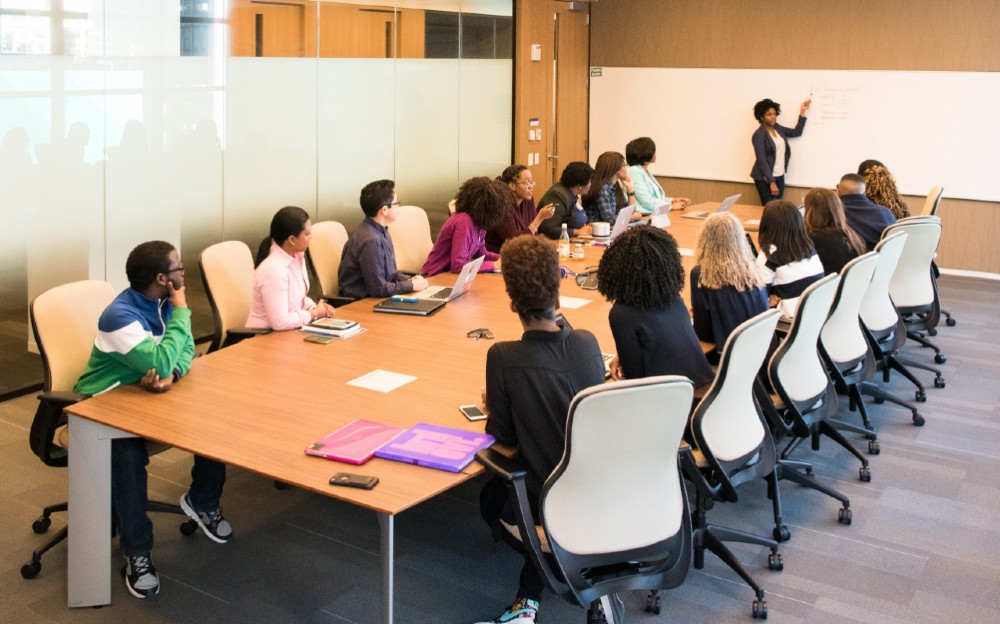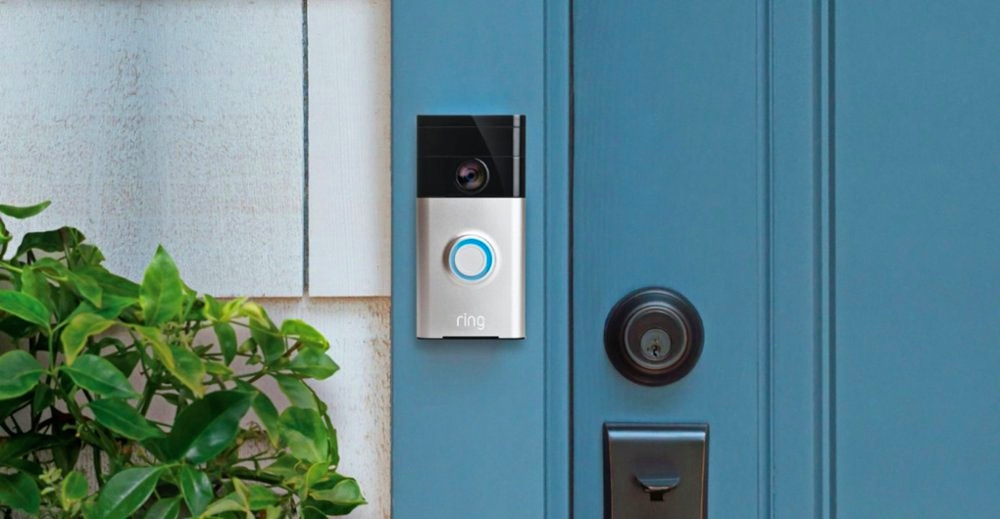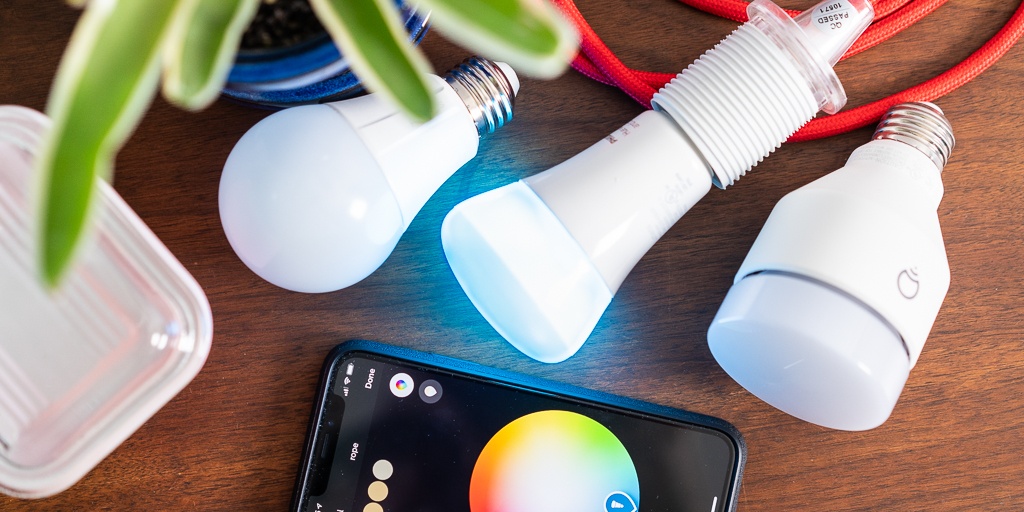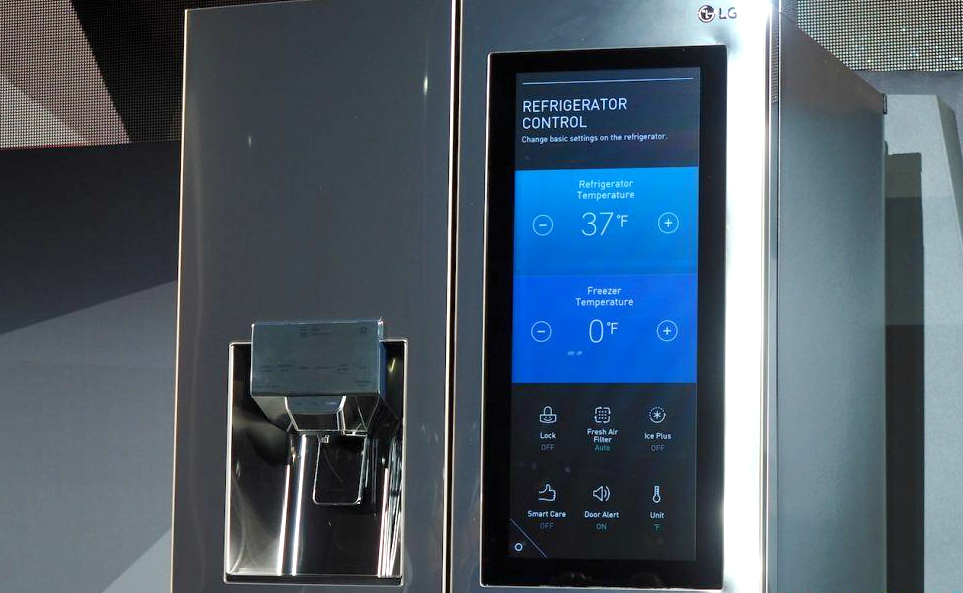Don’t know when the last time is that you saw 2001: A Space Odyssey, but my favorite scene is when the super-computer HAL takes over the space station. Actor Keir Dullea (Dave) tries frantically to disable HAL so the space station will remain intact. It’s almost like the Internet of Things (IoT) in reverse. What happens when one or more of your connected devices gets disabled? It’s becoming apparent that when one device goes paws up, other devices will get affected as well. And when that happens what’s the verdict on your connected home? Or your connect car or coffee pot? What is the proper word for what’s happening here? Semi-connected?
![]()
Does not compute
I have to wonder what does Google’s closure of Revolv (the smart home hub) tell us about the potential pitfalls of the Internet of Things? Many IoT-connected devices, points out an article on Econsultancy.com, “Will still maintain their traditional (non-connected) functionality, even if an app is no longer supported.” You’ll likely still be able to use your refrigerator or coffee machine for example, but maybe not from your bed via your phone. That’s a scenario on the low end and I imagine it’s one that most consumers will suck up in the short term. With regard to how much these devices cost (around $300.00 last time I checked); I envision most consumers will see their patience running thin.
Pulling the plug
In the bigger scheme of things, if your connected thermostat company goes bust, how easy is it to download your usage data and keep it, or upload it into another service? In an article published on BusinessInsider.com, Jim Killock, executive director of UK-based digital rights organization Open Rights Group, said “The shut down raises significant questions about the transparency of products that bundle services with hardware, which is an increasingly common arrangement. If hardware may cease to be functional beyond a certain date, this needs to be clear at the time of purchase. Relying on a warranty provision to disable a product would seem to be an unclear and rather dishonest approach.”
Integration is a challenge
Is this really that much of a surprise? What a lot of people don’t realize is that when Nest acquired Resolv in October 2014 it wasn’t necessarily because of the products offered, it was an acquisition of talent (often referred to as acqui-hire). In fact, at the time of acquisition, Nest Co-founder Matt Rogers, in a Recode.net interview opined, “There’s a certain amount of expertise in home wireless communications that doesn’t exist outside of these 10 people in the world.”
What happened to customer service?
Unfortunately, you can’t take Iot connected technology and dumb it down to the level of a track phone. In fact, what’s happening here bring us back to the basics of customer service and consumer protection. Though some people in the industry thinks this might be “fun to watch”, I fail to see the punch line when consumers are discarded like yesterday’s news.
#DisconnectedIoT
Nearly three decades living and working all over the world as a radio and television broadcast journalist in the United States Air Force, Staff Writer, Gary Picariello is now retired from the military and is focused on his writing career.
